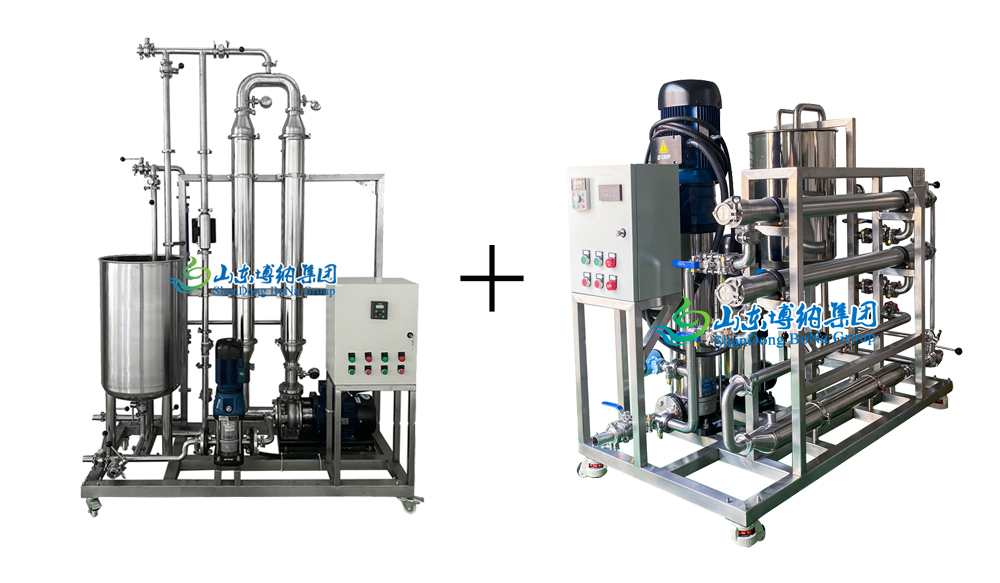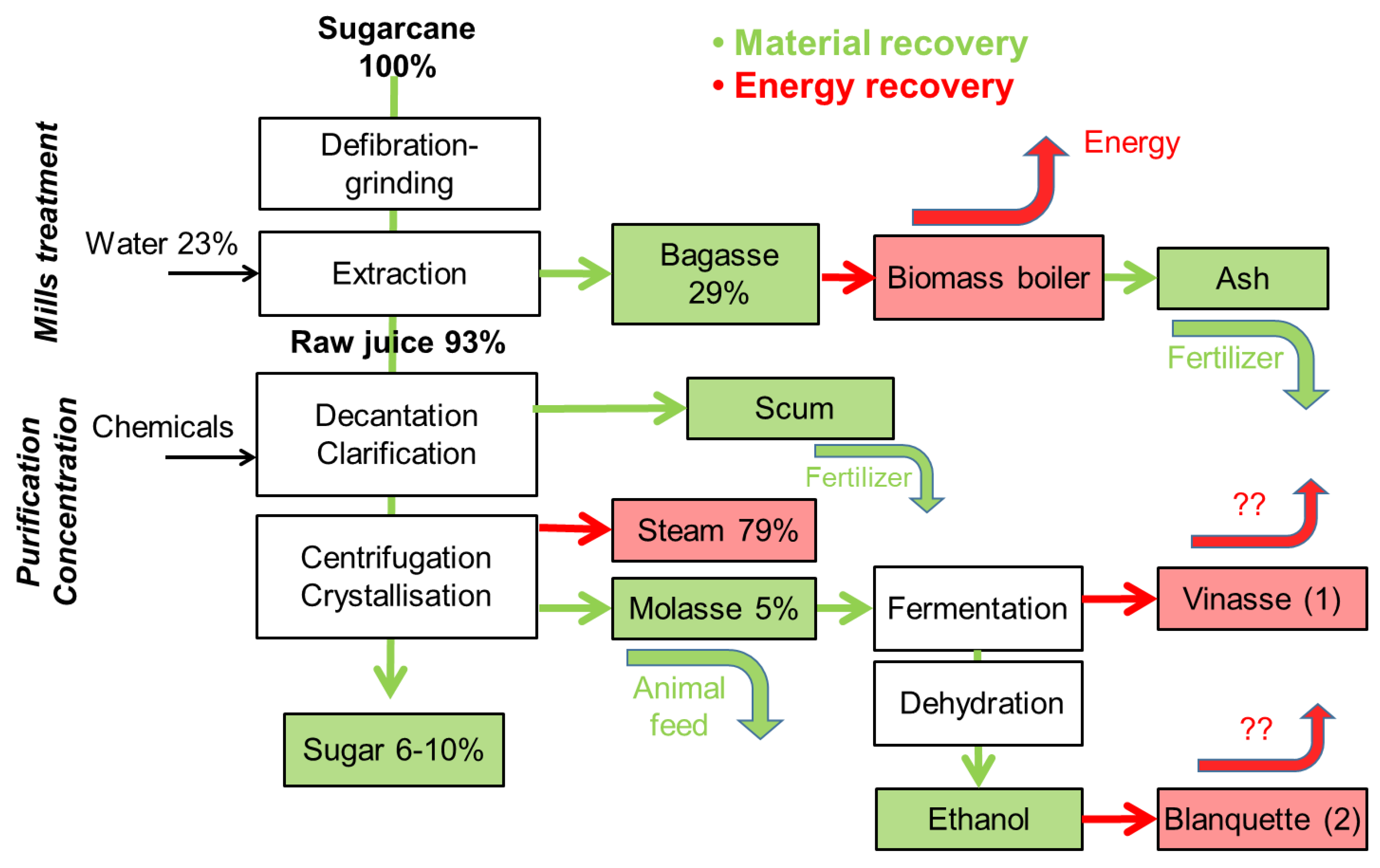How Products From Sugarcane Are Reshaping Sustainable Living
How Products From Sugarcane Are Reshaping Sustainable Living
Blog Article
Opening the Potential of Products From Sugarcane: a Comprehensive Guide
The potential of sugarcane expands far past its traditional usage for sugar manufacturing. This guide checks out the multifaceted applications of sugarcane, from energy and biodegradable materials to health and wellness items. By examining its trip from area to manufacturing facility, it exposes how sustainable practices can change waste into beneficial resources. As sectors seek eco-friendly services, the concern remains: just how can these developments reshape our approach to agriculture and production?

The Trip of Sugarcane: From Area to Factory
Sugarcane undertakes a remarkable transformation as it travels from lush fields to bustling manufacturing facilities. In the fields, the high, eco-friendly stalks are harvested, normally by mechanical methods or hand-operated labor. Once cut, the sugarcane is quickly moved to processing facilities to ensure optimum quality. At the manufacturing facility, the very first step involves crushing the walking stick to extract the wonderful juice, which has sucrose. Products From Sugarcane. This juice is after that filtered and cleared up, getting rid of contaminations. Following this, it undertakes evaporation to concentrate the sugar content, bring about condensation. The resulting sugar crystals are divided from the continuing to be molasses with centrifugation. The sugar is dried out and packaged for circulation. Throughout this journey, keeping top quality and efficiency is important, as the approaches employed directly influence the item's final top quality. This makeover not only highlights the farming value of sugarcane yet additionally its substantial role in the global economy
Sugar and Its By-products: More Than Simply Sweet taste
The improvement of sugarcane right into polished sugar opens the door to a large variety of products and applications that extend beyond plain sweet taste. Sugar and its by-products, such as molasses, brownish sugar, and glucose, play important duties in different sectors, consisting of food, pharmaceuticals, and cosmetics. In the food field, these ingredients boost tastes, enhance appearance, and work as preservatives.Molasses, a by-product of sugar manufacturing, is rich in minerals and vitamins, making it a beneficial ingredient in natural food and animal feed. Glucose, an easy sugar obtained from sugarcane, offers as a substantial power resource in sporting activities nourishment and is essential in the manufacturing of confectionery. In addition, sugar derivatives are utilized in fermentation processes, adding to the manufacture of alcoholic beverages and other microbial items. Overall, the flexibility of sugar and its derivatives highlights their importance past mere sweet taste in daily life.
Biofuels: Harnessing Power From Sugarcane

A considerable part of international biofuel manufacturing now relies upon sugarcane, acknowledged for its high power return and efficiency in converting sunshine into biomass. This exotic crop works as a primary resource for ethanol, an eco-friendly fuel that can replace gas in automobiles. Sugarcane's ability to create more ethanol per hectare than other feedstocks, such as corn, adds to its enhancing appeal amongst biofuel producers.The fermentation procedure of sugarcane juice or molasses generates ethanol, which can be blended with fossil fuels to reduce greenhouse gas emissions. In addition, by using the recurring bagasse from sugarcane handling, energy can be generated with combustion, more boosting the sustainability of biofuel manufacturing. As nations look for to minimize environment modification effects, sugarcane biofuels use a promising solution, strengthening power safety and security and promoting agricultural sustainability while sustaining country economic situations.
Eco-friendly Plastics: The Lasting Alternative
Exactly how can sectors move to even more lasting methods despite growing plastic air pollution? One promising solution depends on naturally degradable plastics derived from sugarcane. Unlike conventional petroleum-based plastics, these bioplastics provide an environmentally friendly alternative that can considerably reduce ecological impact. Made from renewable energies, sugarcane-based plastics decompose much more swiftly in numerous problems, minimizing land fill accumulation and aquatic debris.The production of naturally degradable plastics not just addresses waste monitoring difficulties but also straightens with the increasing consumer demand for sustainable items. Industries taking on these materials can improve their brand name photo while adding to a circular economic situation. Furthermore, the adjustment to naturally degradable choices urges development and financial investment in new technologies, promoting a greener industry landscape.As much more firms acknowledge the benefits of sugarcane-derived plastics, the potential for extensive adoption rises, leading the way for a more sustainable future in product packaging and product design.
Pet Feed and Fertilizers: Utilizing By-products
The byproducts of sugarcane handling hold substantial potential for both pet nutrition and natural fertilizers. These results can be incorporated right into animal feed, providing necessary nutrients while lowering waste. In addition, they can serve as reliable natural fertilizer options, enriching soil wellness and advertising sustainable agricultural methods.
Byproducts in Pet Nutrition
While sugarcane is primarily valued for its sucrose content, its byproducts play a crucial function in animal nourishment, specifically in the kind of pet feed and plant foods. The fibrous deposit called bagasse, produced during the extraction of juice, works as a beneficial resource of roughage for livestock. This high-fiber product enhances digestion and advertises general health in ruminants. In addition, molasses, a result of sugar refining, is rich in energy and can be made use of to supplement animal diet regimens, improving palatability and dietary value. Vinasse, a liquid by-product from ethanol production, consists of crucial nutrients and can be made use of as a feed additive. On the whole, sugarcane byproducts add substantially to sustainable pet nutrition methods.
Organic Fertilizer Options
Using sugarcane results extends beyond animal nourishment to encompass organic fertilizer options that benefit farming practices. The fibrous deposits, such this as bagasse and filter cake, offer as reliable organic fertilizers, enriching dirt health and wellness and boosting crop yields. These products are abundant in nutrients, including phosphorus, potassium, and nitrogen, crucial for plant growth. When decayed, they boost dirt structure, water retention, and microbial task, fostering a sustainable farming environment. Additionally, making use of sugarcane byproducts for fertilization lowers dependence on synthetic fertilizers, advertising eco pleasant farming techniques. By reusing these by-products, farmers can add to a round economy while maximizing their performance and decreasing waste. This technique exhibits cutting-edge techniques in sustainable farming, leveraging sugarcane's full potential.
Health and wellness and Wellness: Nutritional Advantages of Sugarcane
Various researches highlight the nutritional advantages of sugarcane, making it a useful enhancement to a well balanced diet regimen. Rich in essential nutrients, sugarcane includes considerable quantities of minerals, vitamins, and carbs, especially vitamin Potassium, calcium, and c. These parts add to overall health and wellness, sustaining immune function and bone strength.Moreover, sugarcane is a natural resource of anti-oxidants, which help combat oxidative anxiety and inflammation in the body. Its high fiber material help in food go to the website digestion, promoting intestine wellness and stopping bowel irregularity. Additionally, sugarcane juice has actually been linked to hydration and energy replenishment, making it an excellent option for professional athletes or those participating in arduous activities.Furthermore, the glycemic index of sugarcane is fairly reduced, enabling an extra steady release of energy, which may be beneficial for individuals managing blood glucose levels. Generally, including sugarcane into one's diet can provide a revitalizing and nutritious alternative for health-conscious people.
Developments in Sugarcane Products: Future Trends and Opportunities
What advancements lie in advance for sugarcane products as industries seek to improve sustainability and customer allure? The future of sugarcane items is poised for considerable developments, driven by the need for green options. Advancements in bio-based packaging, derived from sugarcane, are obtaining grip, using a sustainable alternative for standard plastics. On top of that, the exploration of sugarcane's bioactive substances is most likely to lead to new wellness supplements and useful foods, maximizing its all-natural benefits.Research into fermentation procedures may yield unique biofuels, further expanding sugarcane's utility. The growth of genetically changed sugarcane selections assures enhanced yields and resistance to parasites, consequently supporting lasting farming techniques. As customers come to be a lot more ecologically aware, the integration of transparency in sourcing and manufacturing approaches will certainly also play a necessary function fit the future of sugarcane items. Inevitably, these advancements can redefine sugarcane's setting in worldwide markets.
Frequently Asked Inquiries
What Are the Ecological Effects of Sugarcane Farming?
The environmental impacts of sugarcane farming include deforestation, loss of biodiversity, soil degradation, and water contamination - Products From Sugarcane. Additionally, too much pesticide and plant food usage can harm ecological communities, while monoculture practices may cause decreased strength versus climate adjustment

Just How Is Sugarcane Processed Into Different Products?
Sugarcane handling includes harvesting, squashing, and removing juice, which is after that cleared up and concentrated. The resulting syrup can be fermented for ethanol or crystallized for sugar, while fibers are utilized for bioenergy and other items.

Are There Any Health Threats Connected With Sugarcane Consumption?
The question of wellness risks connected with sugarcane consumption highlights problems such as too much sugar intake, prospective allergic reactions, and gastrointestinal concerns. Moderation is important to minimize these risks while enjoying its dietary advantages.
What Are the Economic Advantages of Sugarcane Growing?
The economic her comment is here advantages of sugarcane cultivation include job creation, increased farming productivity, and payments to neighborhood economies. Furthermore, it supports renewable energy manufacturing and supplies different byproducts that can boost profitability within diverse markets.
How Does Sugarcane Compare to Other Renewable Resources?
Sugarcane, as a sustainable source, shows greater effectiveness in biomass manufacturing contrasted to numerous alternatives. Its adaptability enables different results, contributing significantly to sustainable practices, financial growth, and lowering dependence on fossil fuels. Glucose, an easy sugar derived from sugarcane, offers as a considerable energy resource in sports nourishment and is vital in the production of confectionery. Sugarcane's capability to create more ethanol per hectare than other feedstocks, such as corn, adds to its enhancing appeal amongst biofuel producers.The fermentation procedure of sugarcane juice or molasses creates ethanol, which can be combined with fossil gas to reduce greenhouse gas emissions. In addition, sugarcane juice has been linked to hydration and power replenishment, making it an exceptional option for athletes or those involving in difficult activities.Furthermore, the glycemic index of sugarcane is reasonably reduced, enabling for a more steady release of power, which may be valuable for people handling blood sugar degrees. In addition, the exploration of sugarcane's bioactive substances is likely to lead to new health and wellness supplements and practical foods, capitalizing on its natural benefits.Research into fermentation processes might produce unique biofuels, even more diversifying sugarcane's energy. The concern of wellness dangers associated with sugarcane consumption highlights issues such as too much sugar intake, potential allergies, and gastrointestinal issues.
Report this page